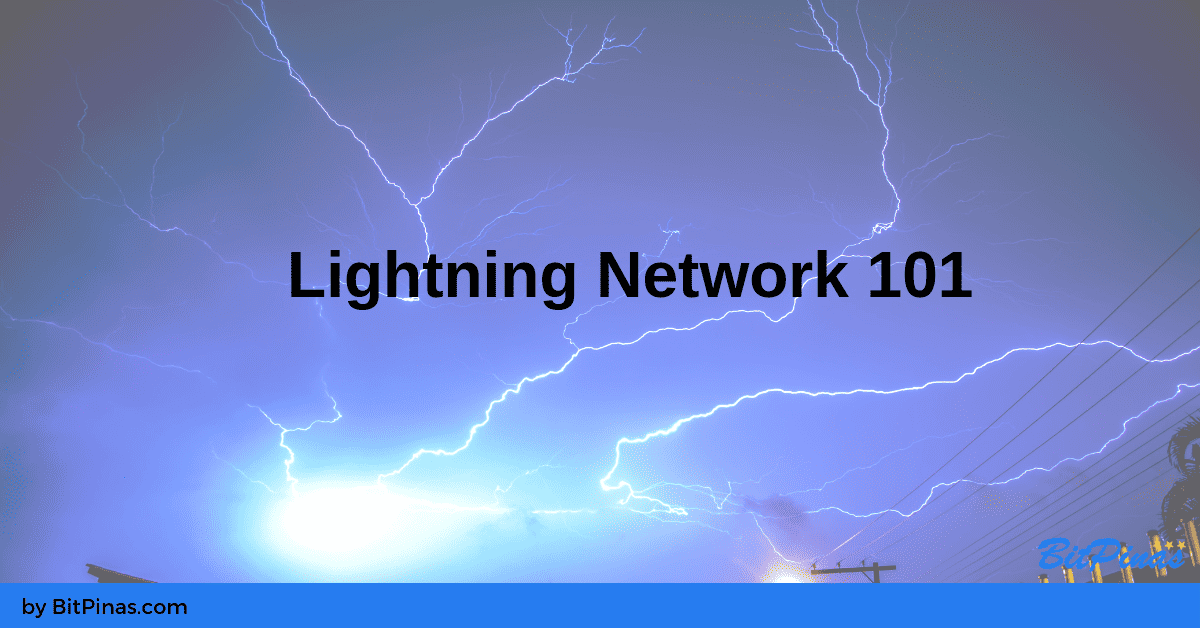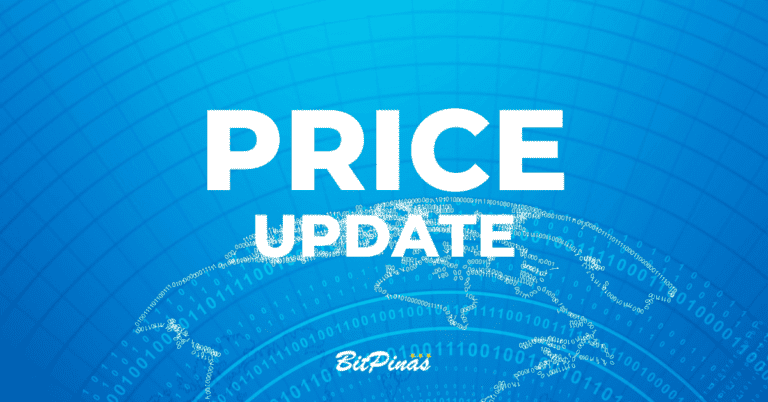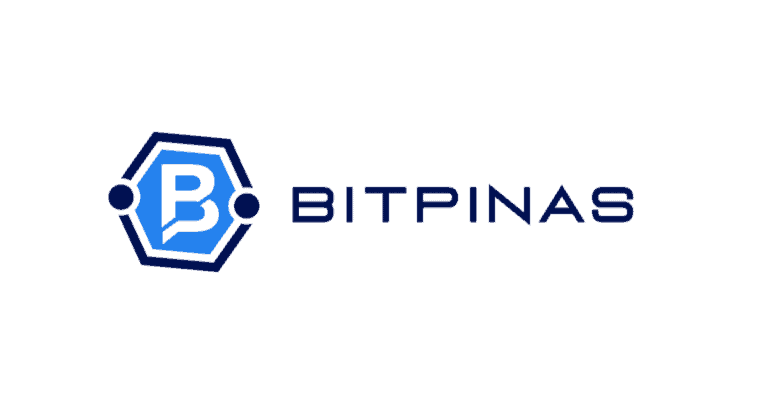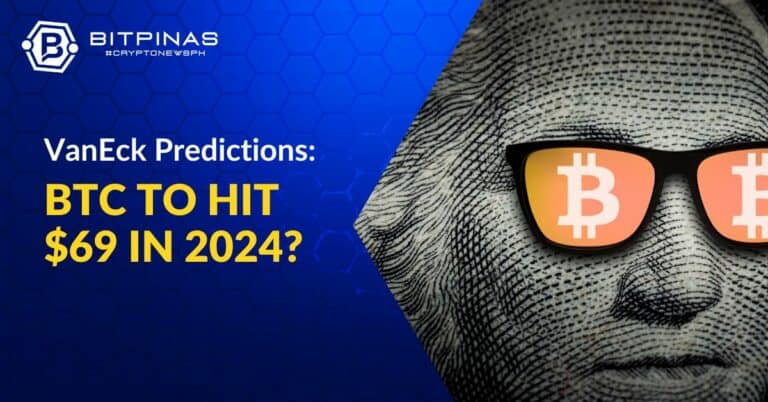Bitcoin Lightning Network 101
The idea is that if we could build a payment layer on top of Bitcoin, we could potentially scale its capacity exponentially as opposed to other on-chain solutions, without compromising its decentralization.

One of the most common but valid critiques on Bitcoin in recent years is scalability. With a network capacity of 7 transactions per second, how could Bitcoin handle the ever-increasing load of transactions worldwide?
There have been numerous attempts to scale, but the leading and most progressive solution is the lightning network.
Lightning Network is a second-layer protocol also known as a payment channel. The idea is that if we could build a payment layer on top of Bitcoin, we could potentially scale its capacity exponentially as opposed to other on-chain solutions, without compromising its decentralization.
Several companies and organizations are contributing to the lightning protocol’s development and adoption. However, three companies stand out in building lightning implementations. These companies are Blockstream, Lightning Labs, and ACINQ. They coordinate their development by following a universal standard called Basis of Lightning Technology (BOLT).
Blockstream
Blockstream is responsible for building the c-lightning implementation, whose development is still ongoing but is already live on the main network.
The company also rents its own satellite bandwidth in order to broadcast the Bitcoin blockchain worldwide, providing everyone access to the network wherever they may be. With a satellite receiver, you could send and receive Bitcoin transactions even in remote places of the globe.
Lightning Labs
Another implementation of the lightning protocol is lnd, which is built by Lightning Labs. The company recently released their desktop app, allowing users to send and receive lightning payments in the main network.
Lightning also developed a mobile lightning network app called Neutrino, which is already functional.
ACINQ
ACINQ is also one of the leading developers of lightning, with their own implementation called Éclair.
The company has released three products based on Éclair, namely, Strike—a simple Lightning API for businesses similar to Stripe, which is a well-known online payment processor, Éclair Mobile—a mobile lightning wallet, and ACINQ node—a node on the main network which allows individuals to create their own payment channels.
Even today, the lightning network already provides near-instant and cheap transactions (less than a Peso). However, this is still an unfinished technology. Lightning users risk losing their money when sending transactions in any of these implementations.
Despite that, the lightning network has seen unprecedented growth in terms of user and merchant adoption, as well as network nodes and payment channels in the last two years.
This article originally appeared on BitPinas: Bitcoin Lightning Network 101





